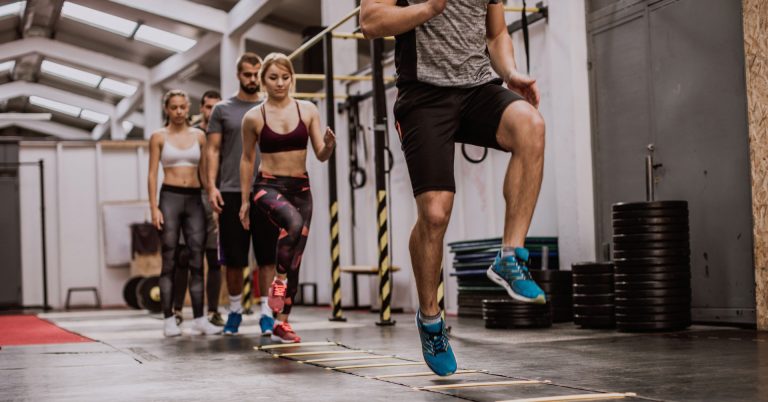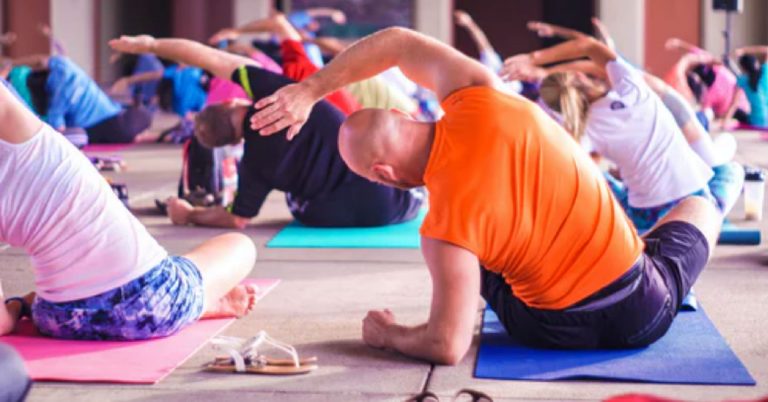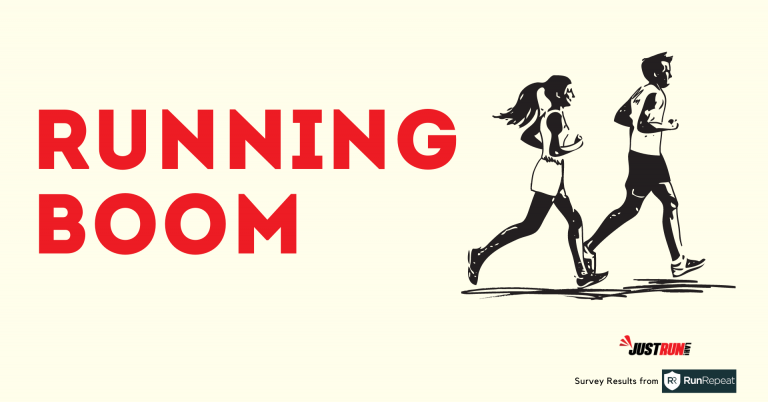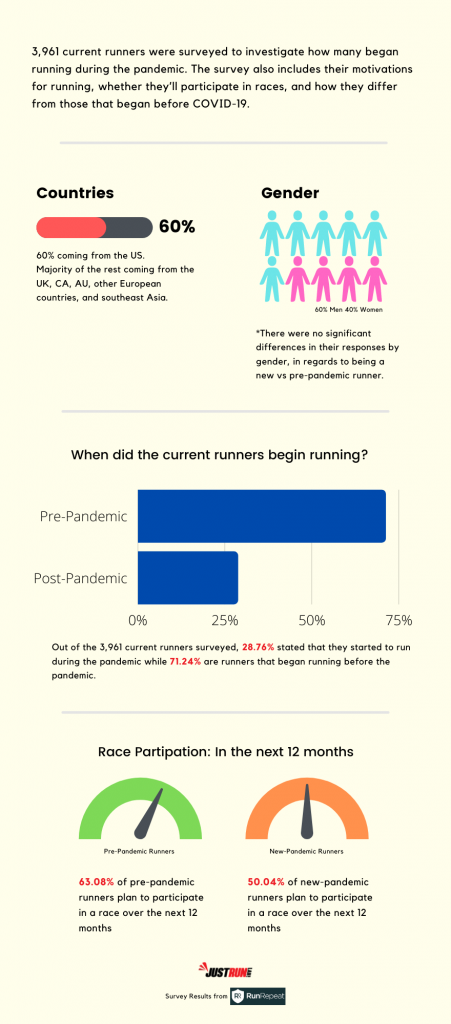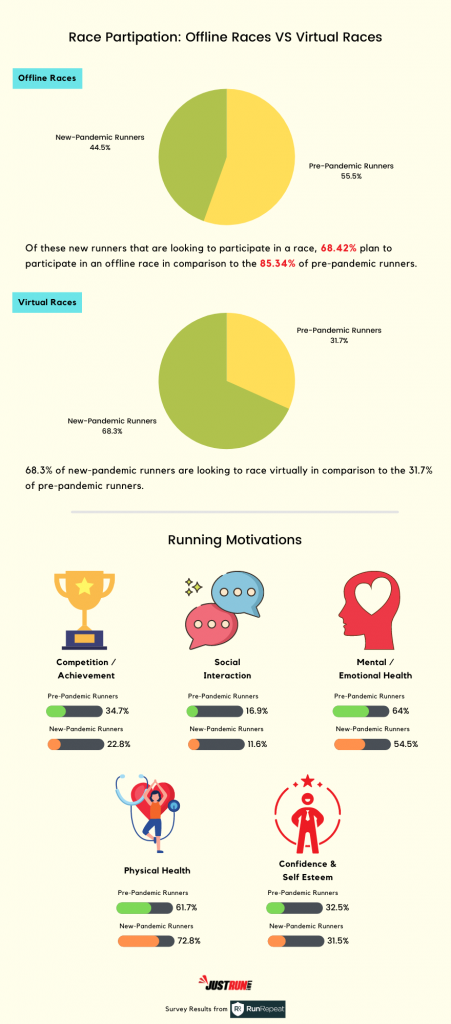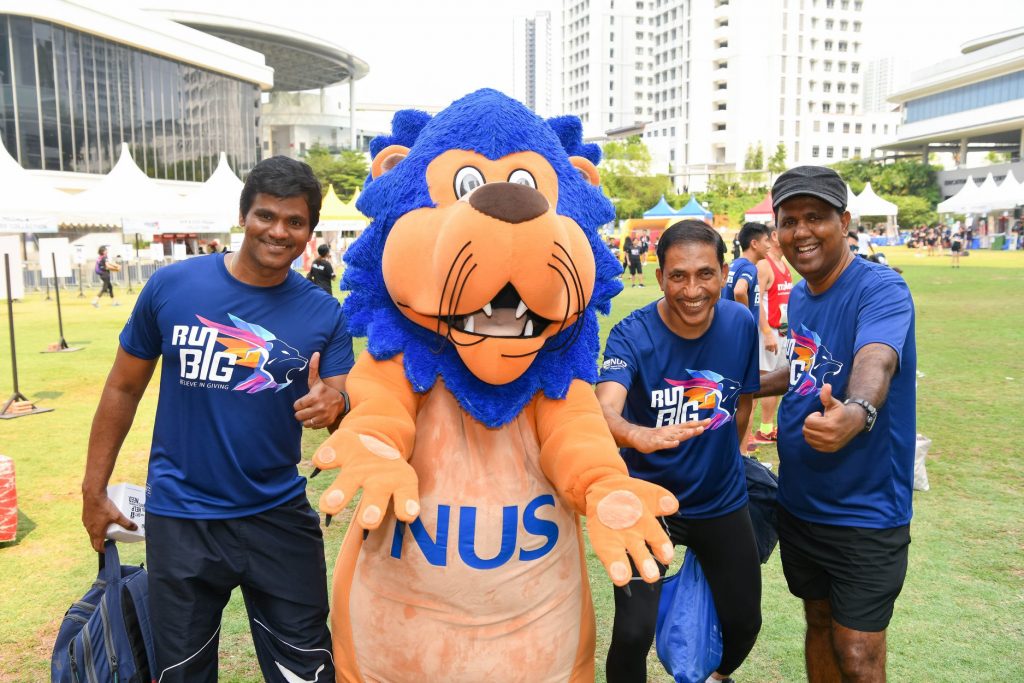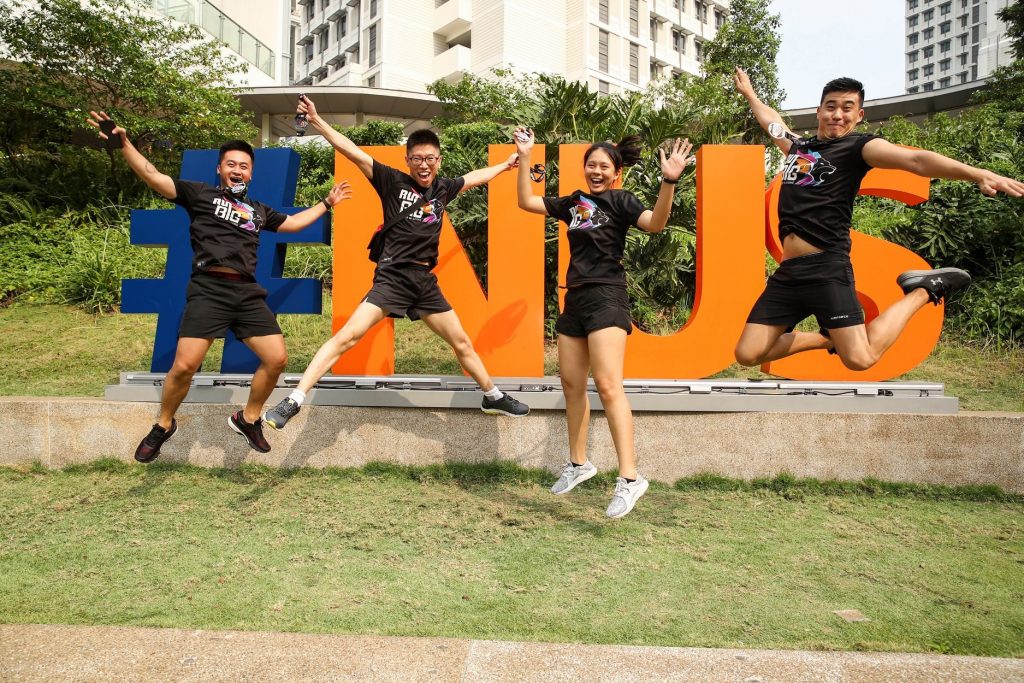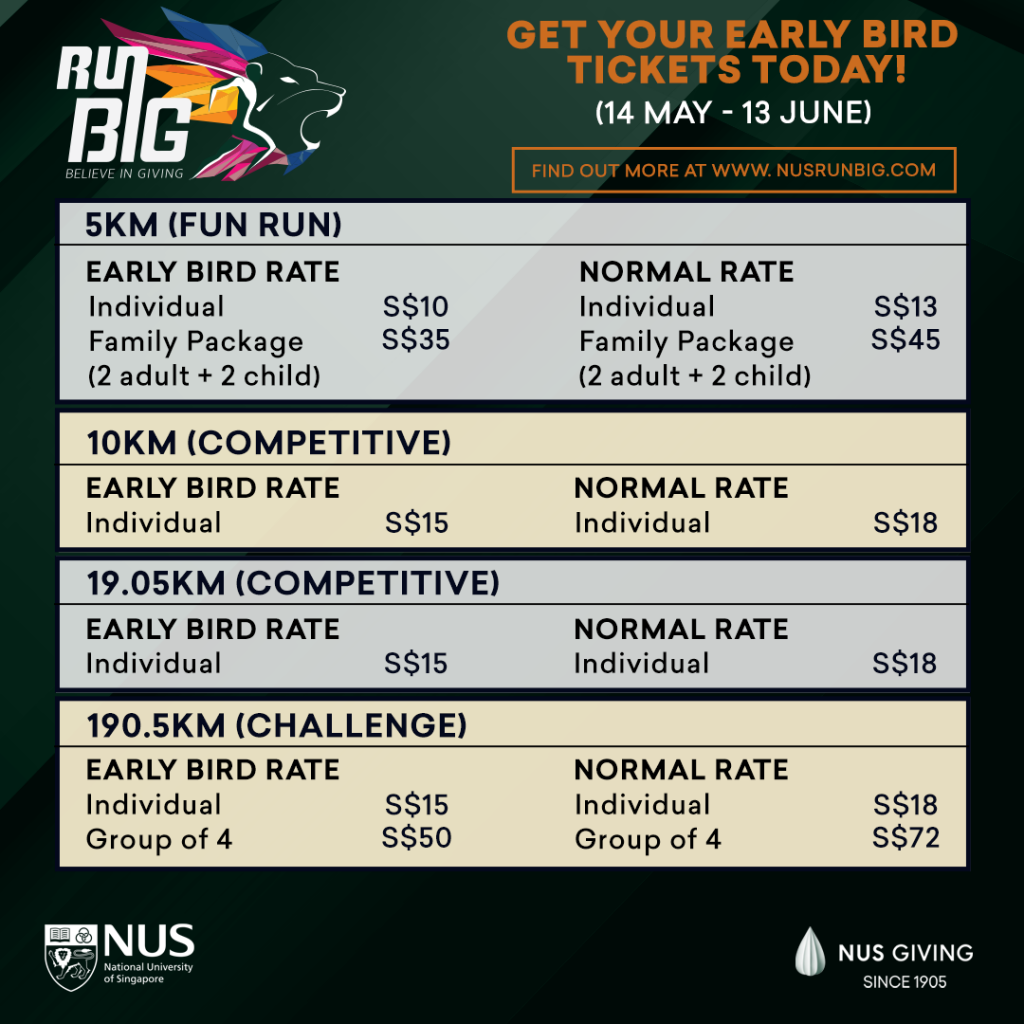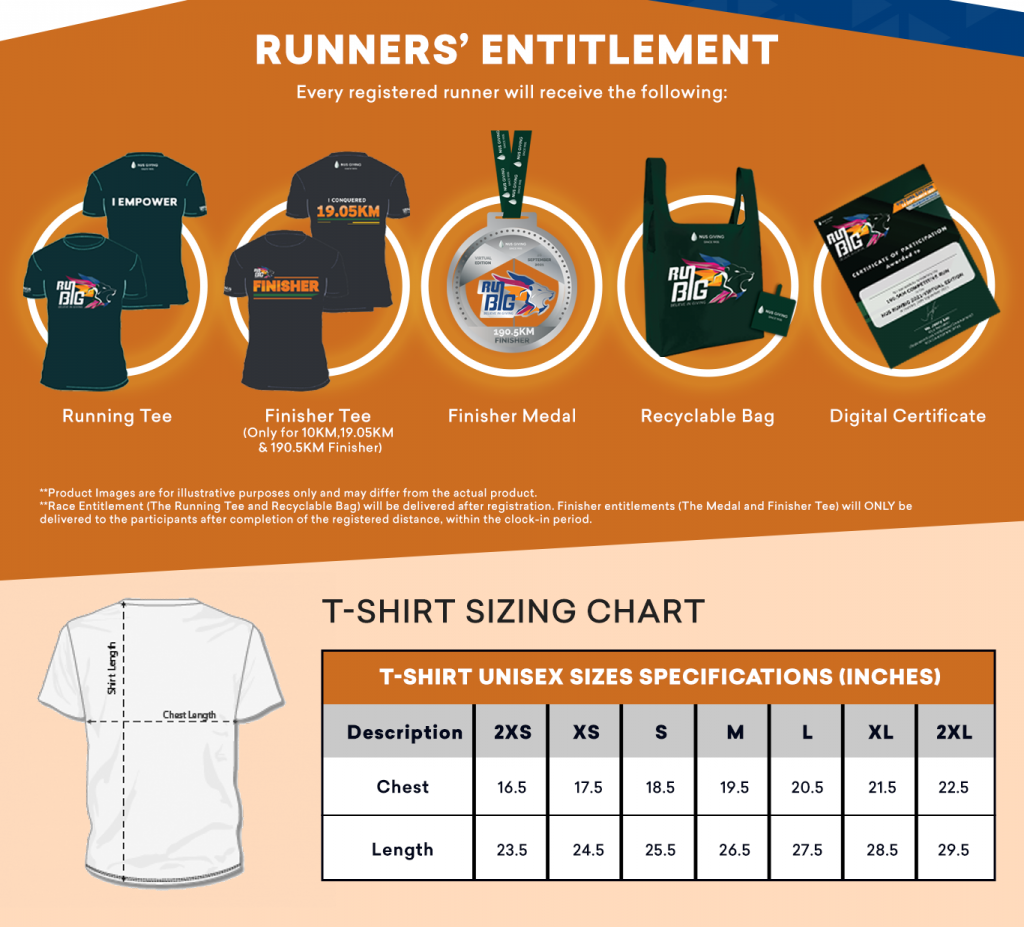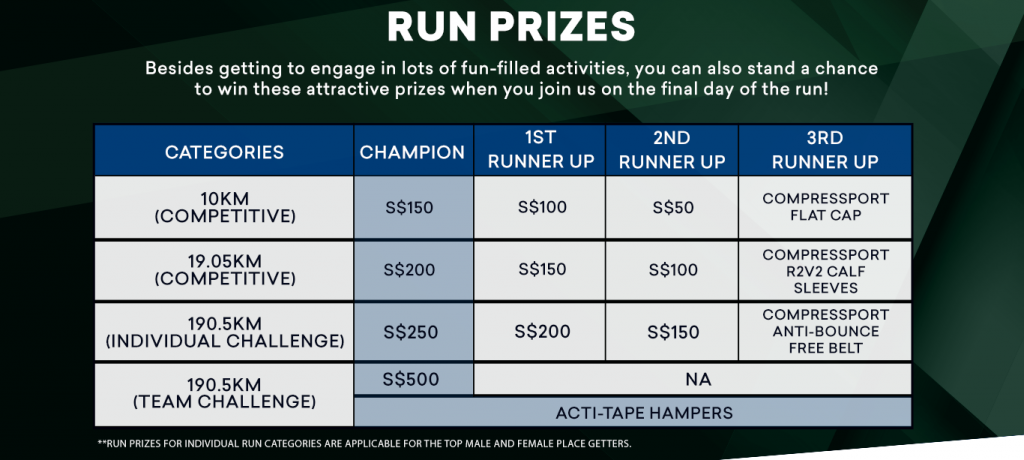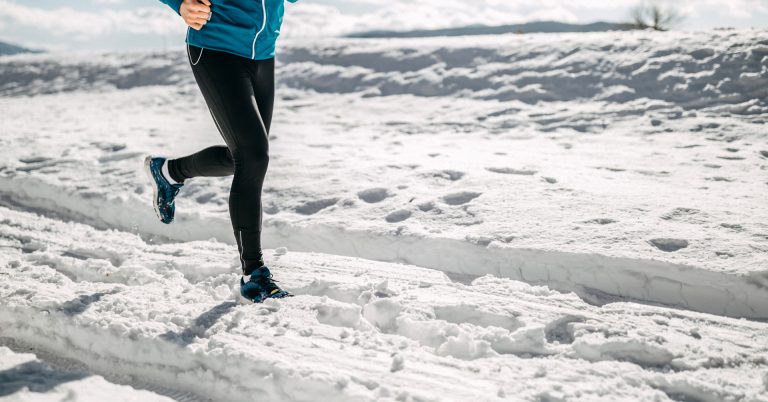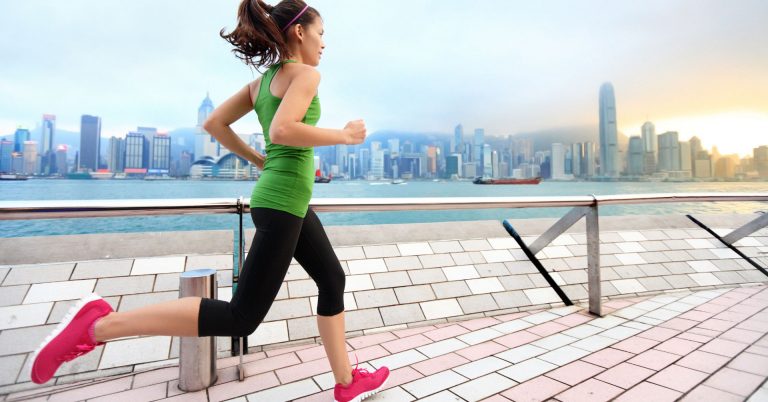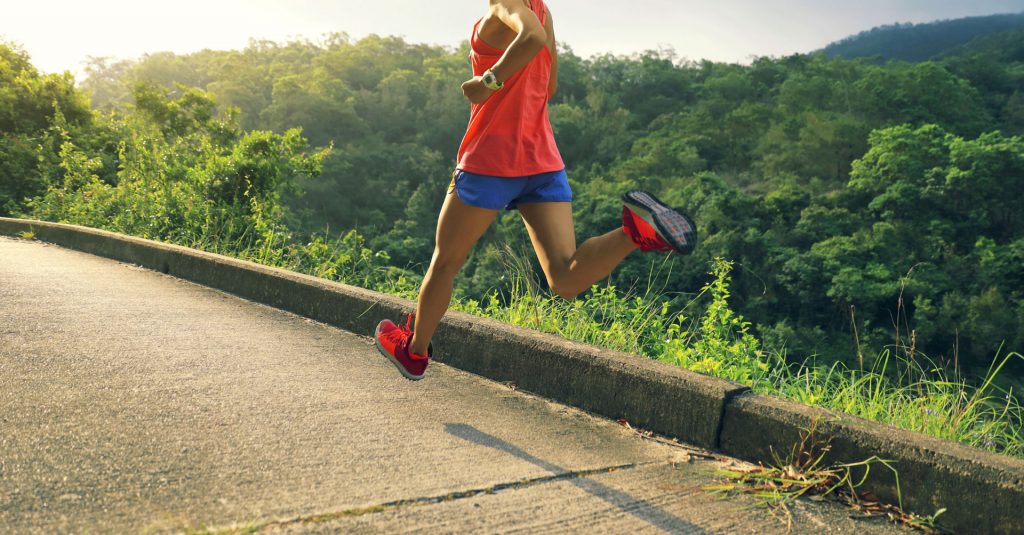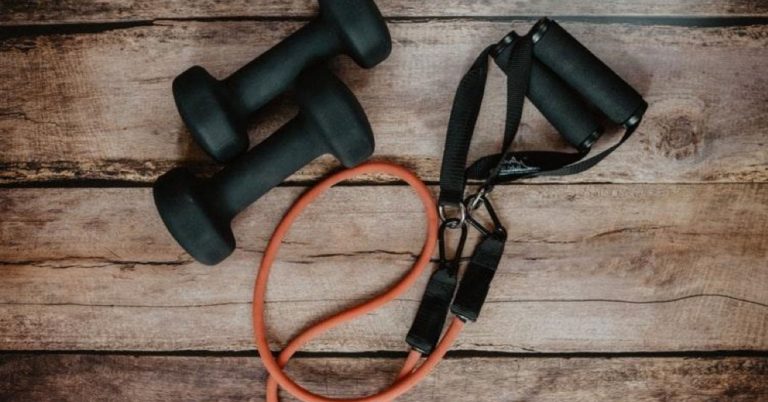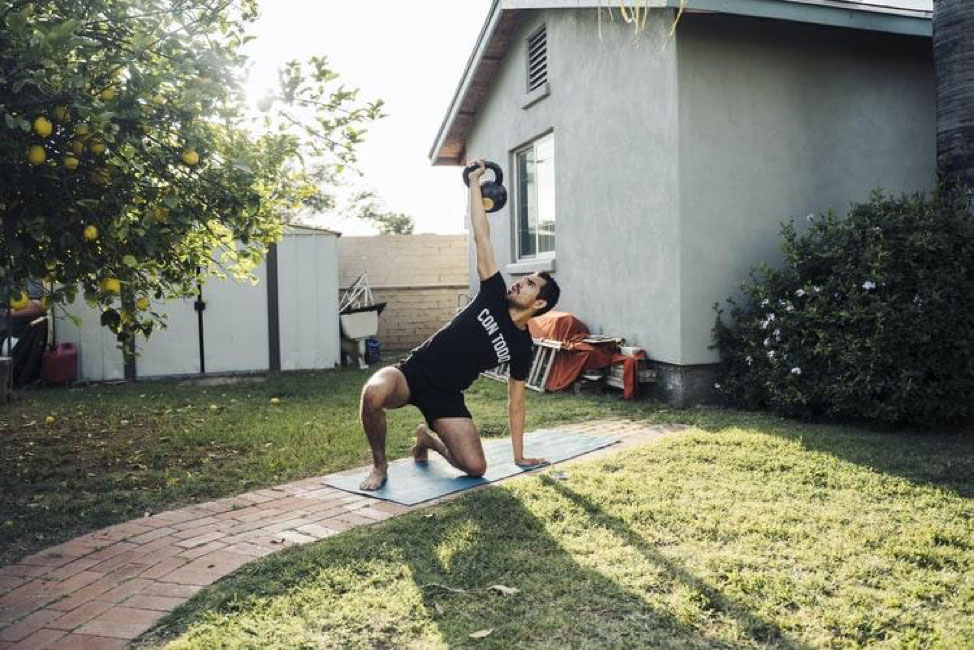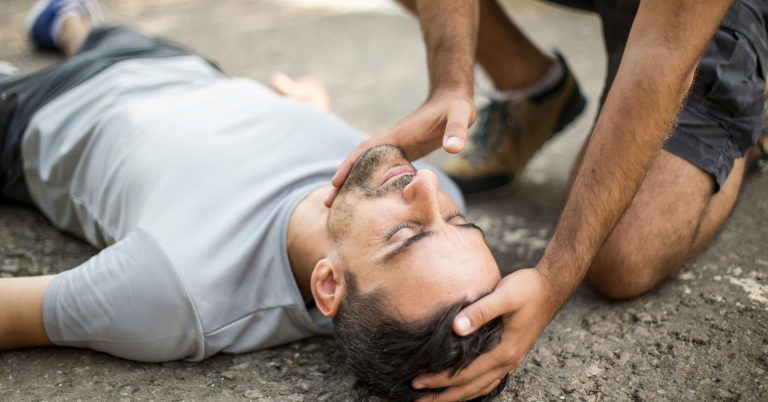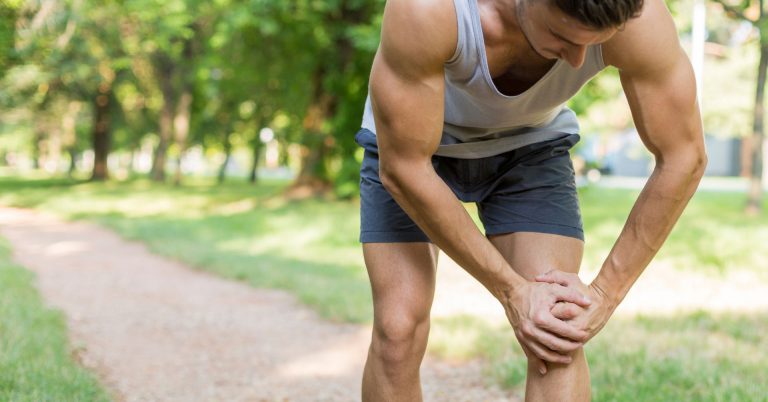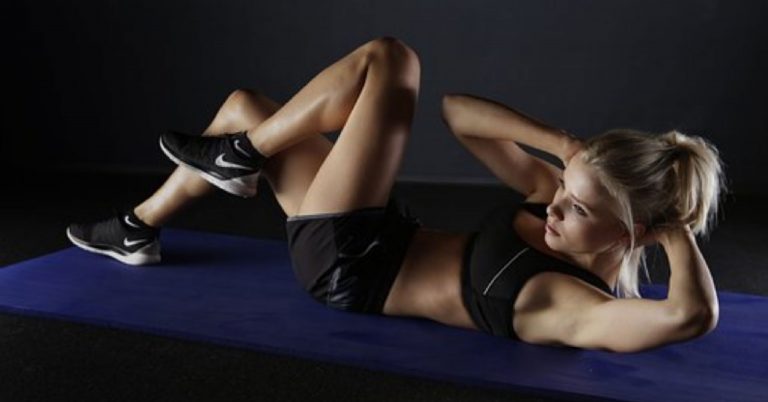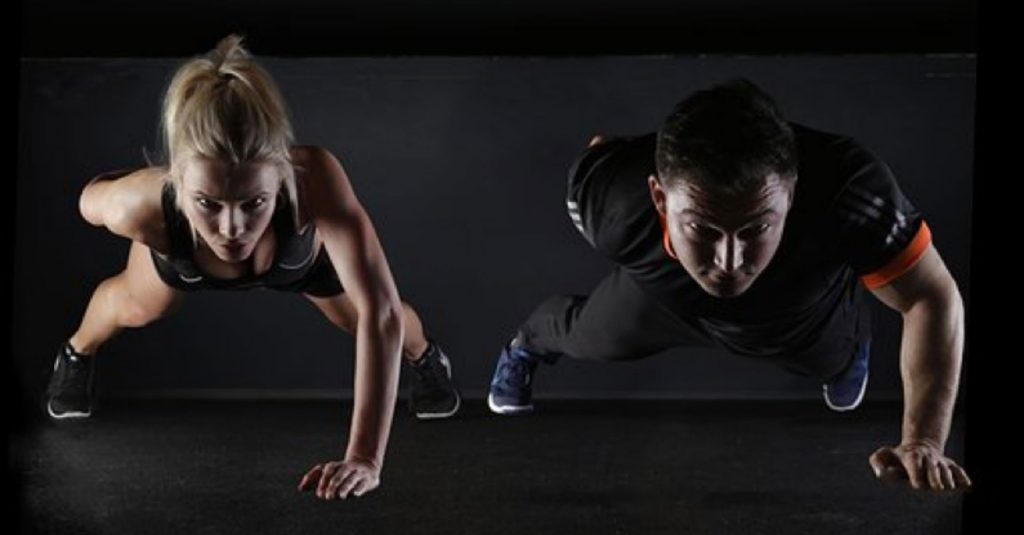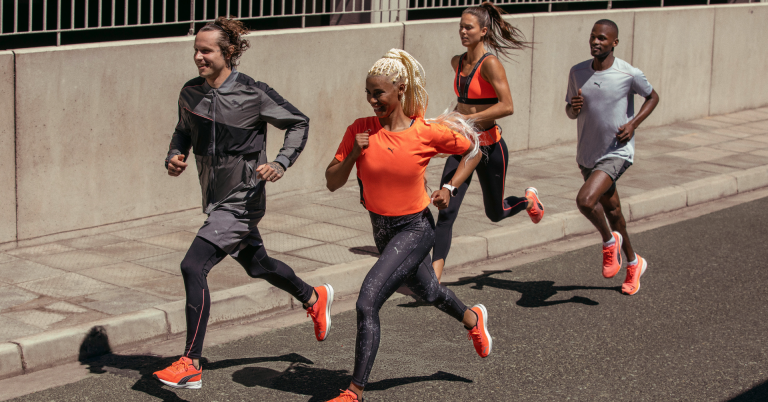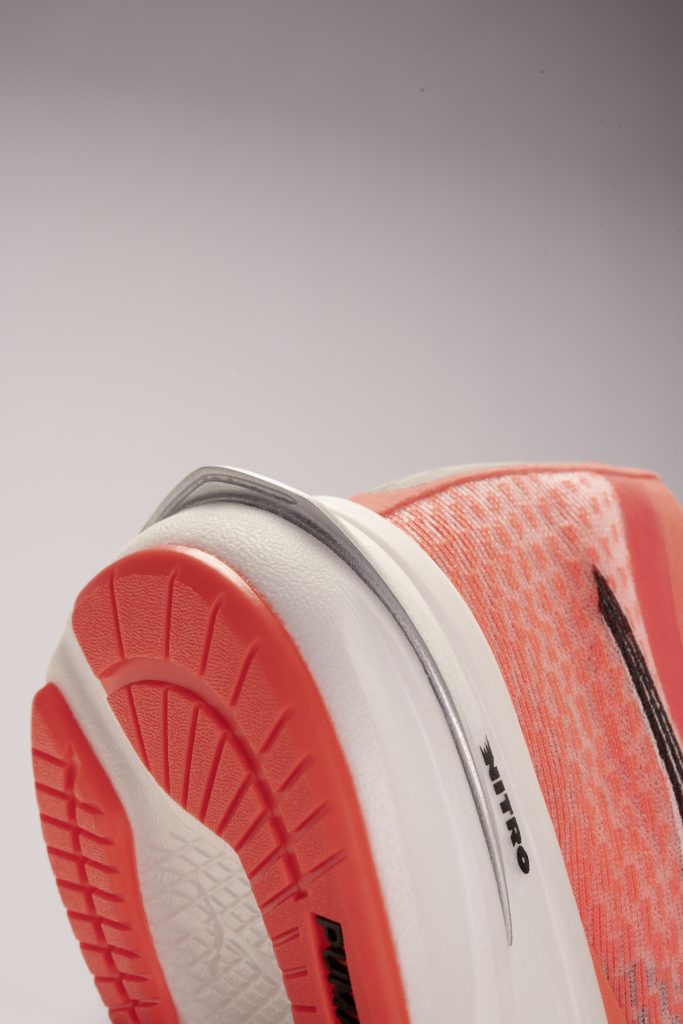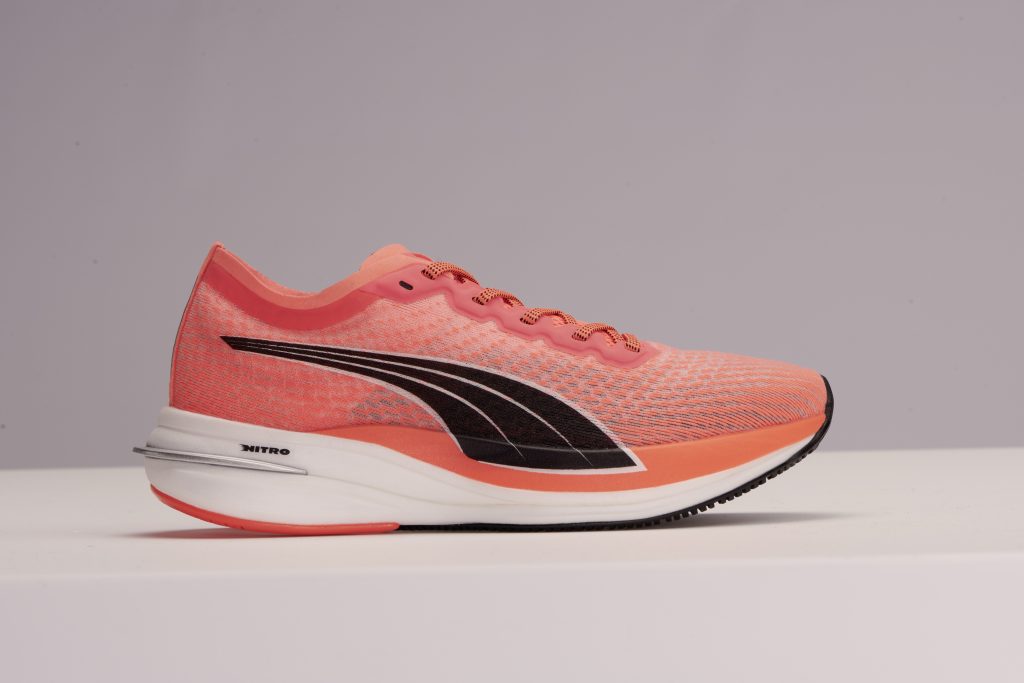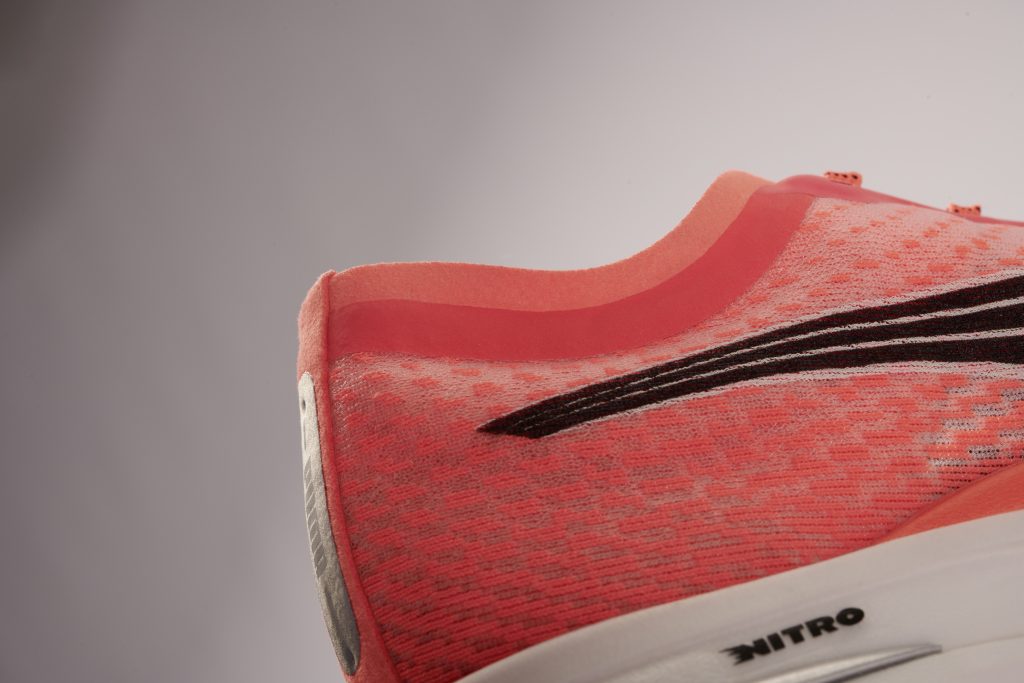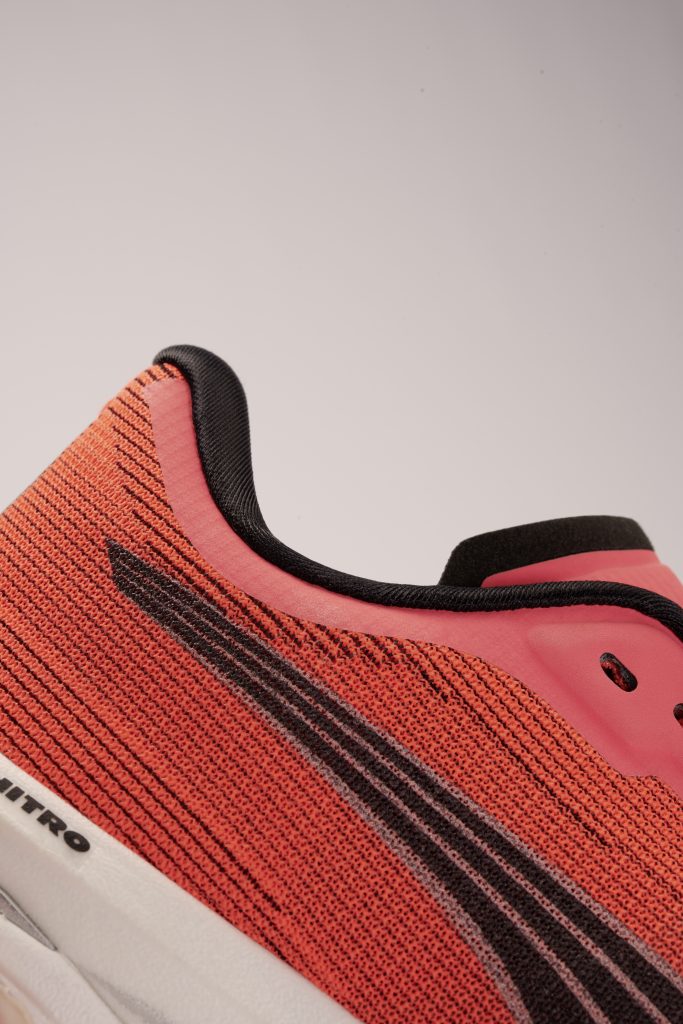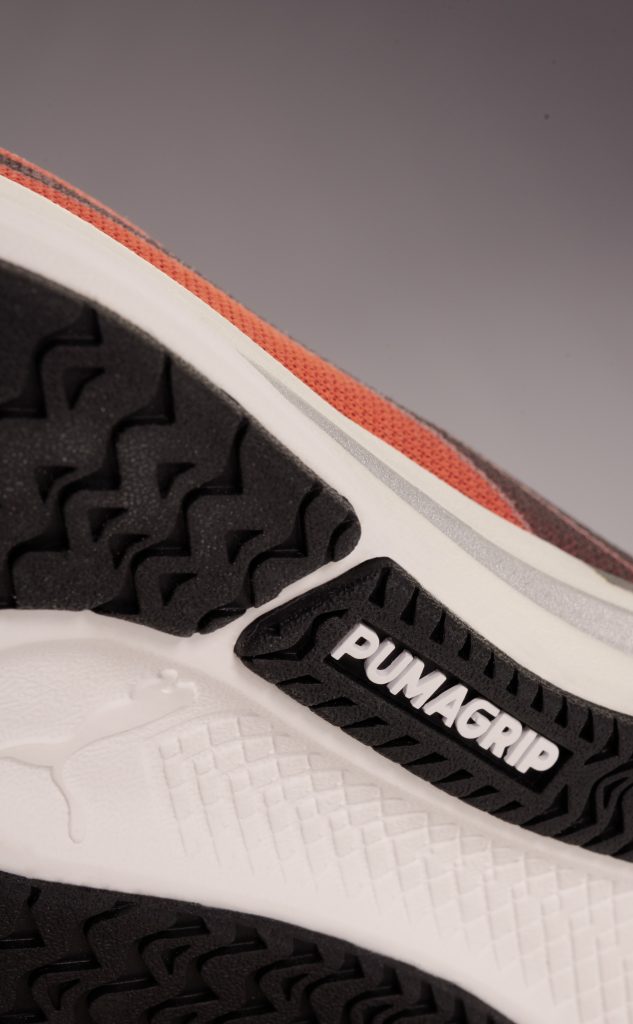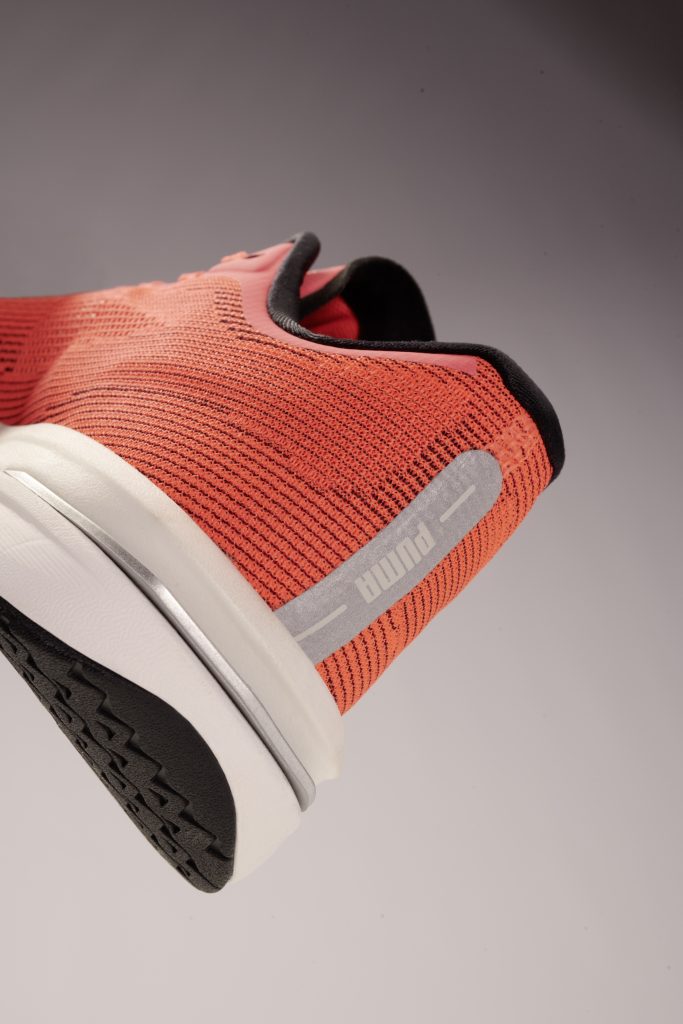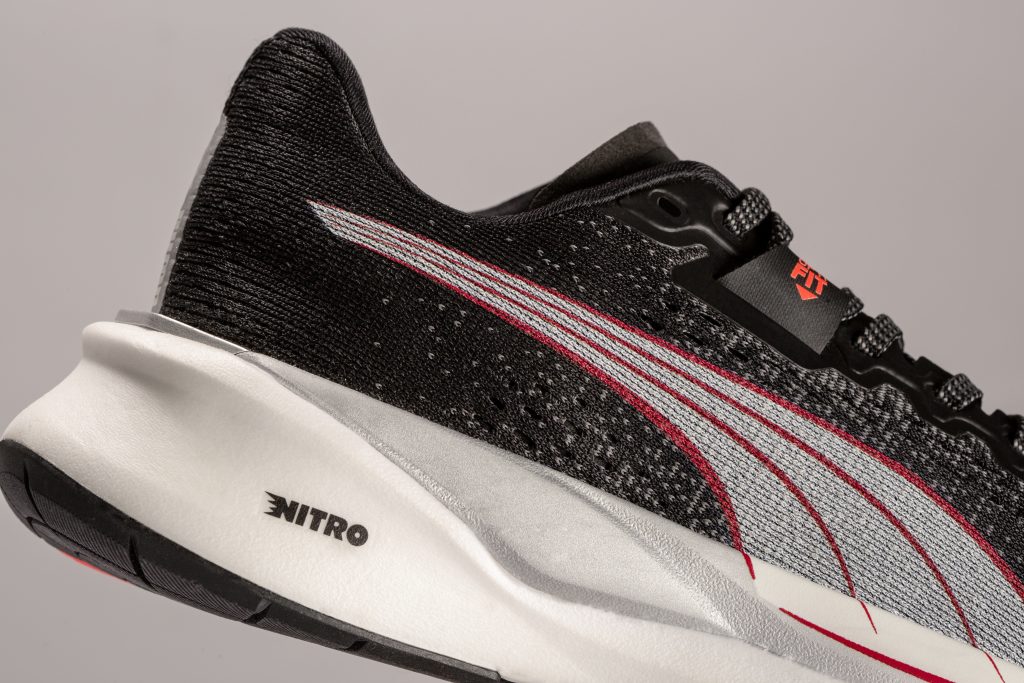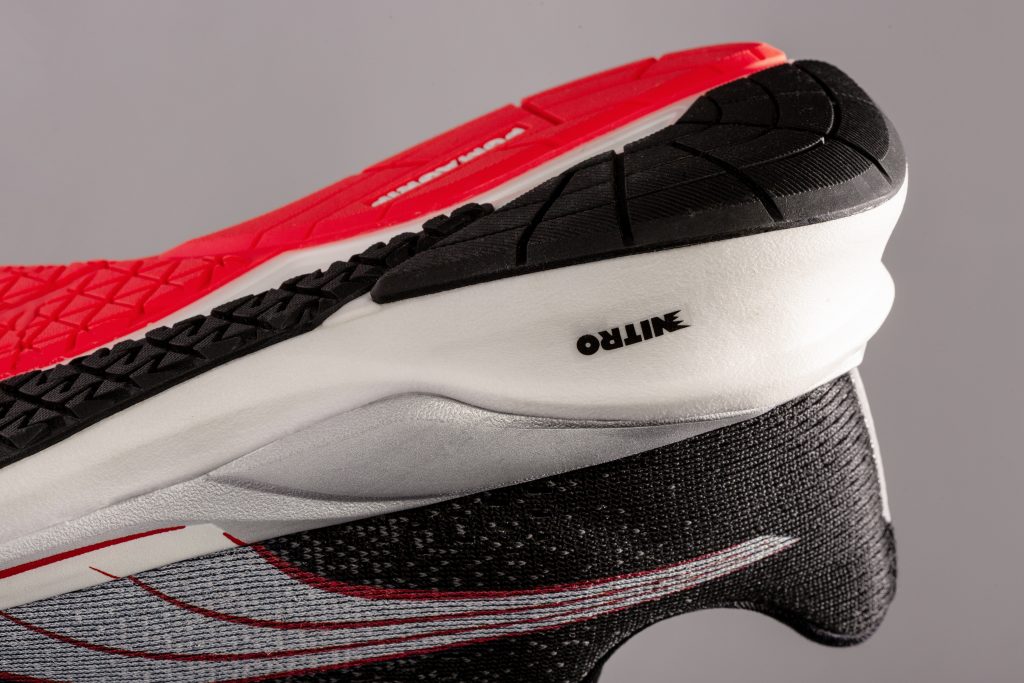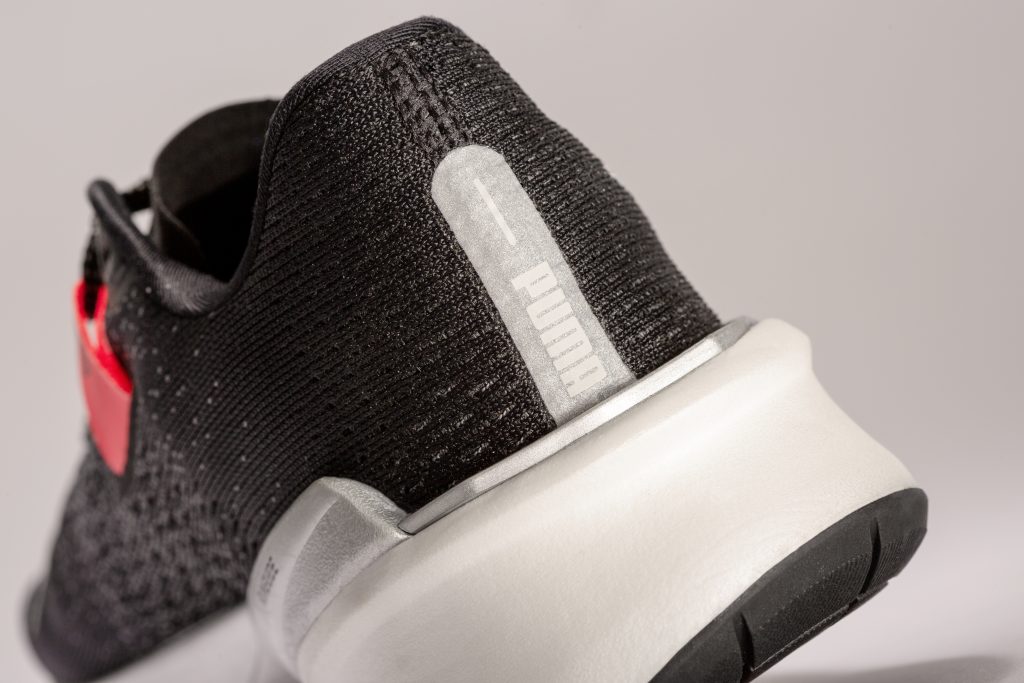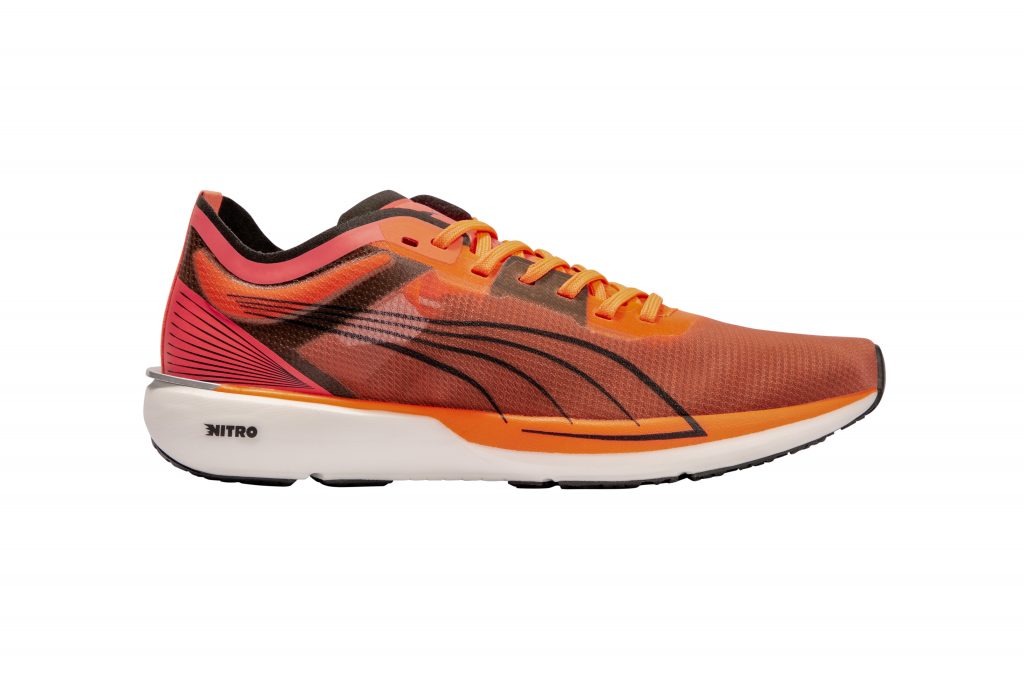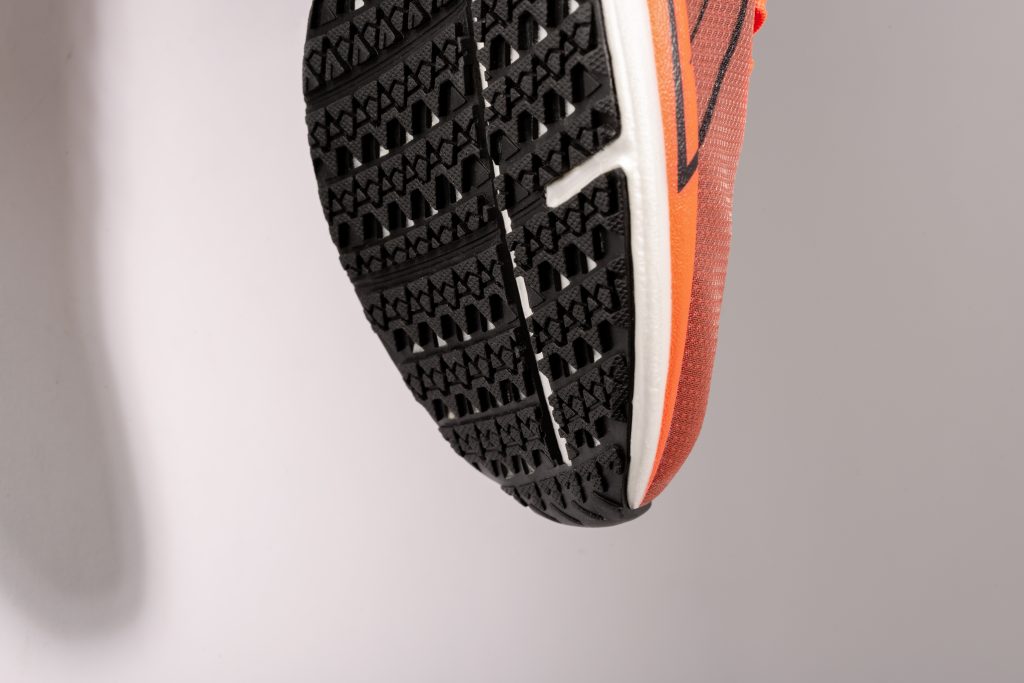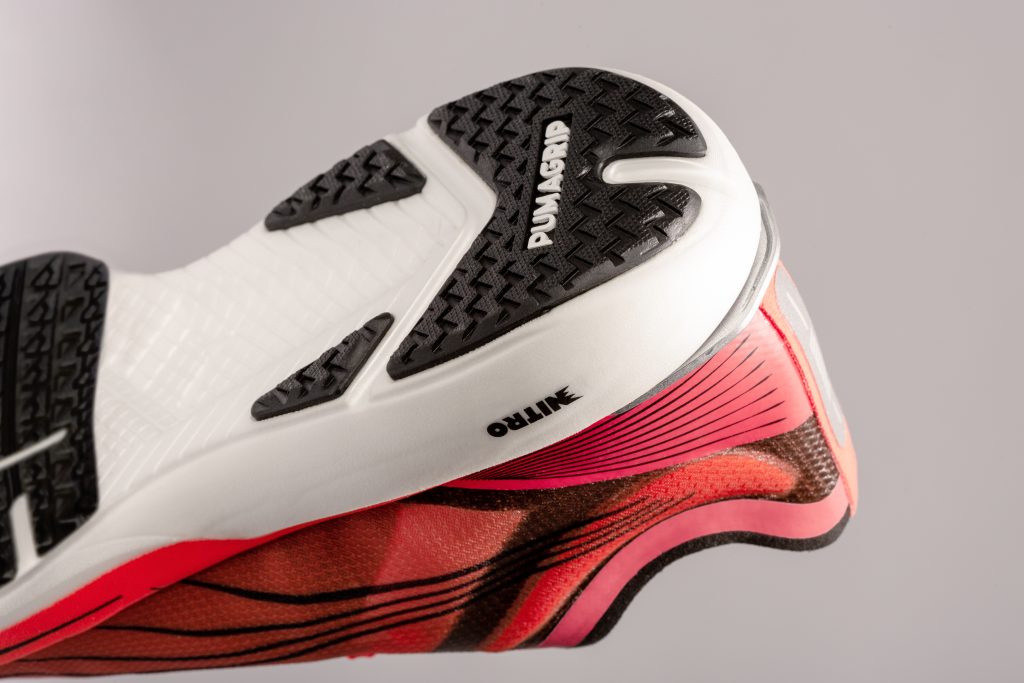Recovering from a running injury can take time, and the process can be a frustrating one. It is essential to take care of your mental and physical health during times of injury and adjust your training schedule to accommodate any temporary limitations.
Here are some of the steps to take to help you come back stronger than ever after a running injury.
1. Seek Treatment
You should seek professional medical assistance as soon as an injury occurs. Failure to do so can result in more serious issues being missed. You should contact your family doctor if the injury isn’t serious or visit the emergency room if you suspect a severe injury like a break.
2. Take Up Different Exercises
You should engage with other exercises to prevent loss of muscle and fitness. You should choose exercises to work around your physical limitations. For instance, you could start chair yoga which is a form of gentle yoga aimed at those suffering an injury.
3. Allow Yourself Time
Many athletes push themselves to return to their sport straight away, but this can cause further damage. You should give your injury adequate time to heal and follow any medical advice you have been given. When you start running again, you should take it slowly and listen to your body. If you feel any pain, you should take a break and adjust your workout accordingly.
4. Consider Physical Therapy
Physical therapy can help you recover from injury and provide ongoing care to help prevent further damage. You should look into the physical therapists available in your local area. For an idea of the quality and range of services you should be looking for, check out physical therapy from Roi. Industry leaders in helping athletes back on their feet, Roi are an ideal fit for any runner hoping to make a strong comeback.
5. Talk To Others
You should talk to other athletes who have struggled with injuries. An injury can create feelings of isolation and loneliness, so talking to others about their experience will help improve your mental state. You should ask for advice and tips on your recovery from other runners, friends and family. You can find help on online forums dedicated to running and recovery.
6. Stay Positive
A positive mindset can help you recover quicker. Do things that bring you joy and move your body in any way you are able. Continuing to exercise will keep your mind and body strong. If you feel overwhelmed, you should talk to your family doctor or look into therapy. Talking through your thoughts and feelings surrounding your injury can help give you a positive outlook.
7. Adapt Your Training Routine
Your training routine should be dynamic and flexible. Maintain as much of your previous training routine as you can without overstretching yourself. You should consult with your doctor, physical therapist and other runners for advice on the best way to maintain your physical fitness at every stage of recovery.


